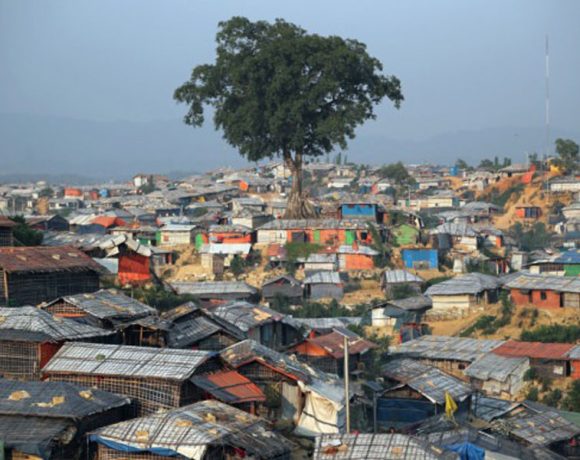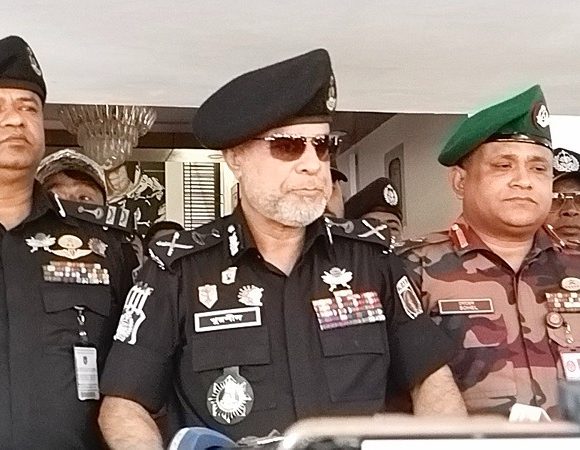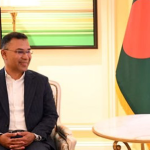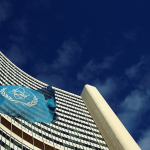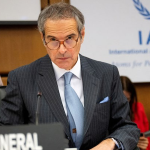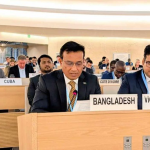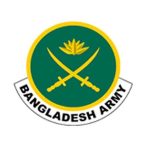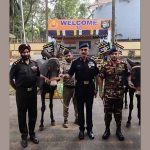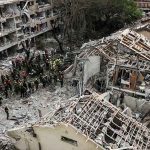Bandarban: From harmony to conflict
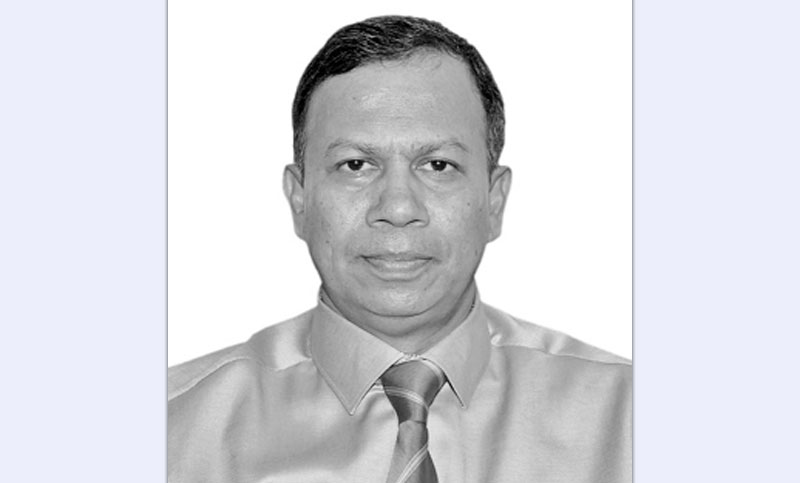
Lt. Gen. Dr. MOHAMMAD MAHFUZUR RAHMAN
Under the leadership of Manabendra Larma, the 1980s and 1990s were the golden age for the Jana Samhati Samiti-JSS (Regional part of CHT) and its armed organization Shanti Bahini (Armed group of JSS). Despite having absolute support among the tribal people in Rangamati and Khagrachhari districts, their activities in the Bandarban district were confined to a certain limit and that was due to the Murang (Mro) force and the Mro people. The Alikadam-based Murang force and the backward Mro people living in remote areas of the Bandarban district did not accept the Shanti Bahini or the Jana Samhati Samiti. The Mro community is culturally pro-establishment and fearless. At that time, the Shanti Bahini were forced to leave the area after being trounced by the government’s trusted Murang force during a series of bloody clashes in Bandarban. As a result, it became relatively easy for the government to function normally in the Bandarban district. In continuation of this after the Peace Accord and as a result of the development of Bandarban, the tourism sector expanded rapidly, the benefits of which then started to be received by everyone in the district.
After a few days of the Peace Accord, the PCJSS saw some factions break away such as UPDF and JSS (reformist) destabilizing Rangamati and Khagrachhari again. But Bandarban continues to be branded as a district of harmony.
Although there were political differences in Bandarban, no one wanted any conflict in the district. Over time, government agencies began to forget the contributions of the Murangs. With the change of the political scenario at one point in 2007-08, Ranglai Mro, the leader of the Bandarban Mro community, was sent to jail for possessing illegal weapons. At that time, the arrest of Ranglai Mro triggered controversy with Mro people calling it ‘intentional’. Mro people also saw it as an act of betrayal. When Mro people distanced themselves from government agencies, JSS leader Santu Larma and Barrister Debashis Roy Ranglai provided all kinds of assistance, including legal aid, to Ranglai Mro and his family, and stood by Mro people. Ranglai Mro was finally released from jail, proving that Santu Larma and JSS were the true friends of the people gaining politically in the Bandarban district and creating an opportunity to expand their activities. As well as this conducive environment, I think, what have worked as the main factors to disturbing the Bandarban peace are:
Geographical/land layout:
The average height of the hills in Bandarban is more than those of other districts in the Chittagong Hill Tracts; the population is relatively low; the areas are inaccessible; and forest lands are in abundance. Bandarban is the only district with which we share a border with two neighbouring countries and there is a lack of state security surveillance in the junction. The basins of the Matamuhuri, Sangu and Dolu (parts of Sangu) rivers of Bandarban are highly fertile. The cultivation of tobacco as a cash crop is quite popular there. Apart from this, in the inaccessible areas of this district, crops like poppy are cultivated (especially under the patronage of terrorist groups), which is important for the terrorist economy. All in all, in terms of geography, the district has everything to be a terrorist/separatist stronghold. To take advantage of this and to fill the relatively vacant space, the armed organizations of the regional political parties of Chittagong Hill Tracts engage in clashes for supremacy.
Bandarban district is part of the border system of three countries (Bangladesh, India and Myanmar). Separatists and terrorist groups of the three countries move throughout this tri-national border area. Some of those groups are extremely powerful as they have established themselves as alternatives to local governments. All these groups enter the neighboring country temporarily for a period of time when law enforcement agencies take action in their own country. In fact, the existing porous border, unguarded border, and geographical environment are such movement-friendly. A significant portion of the Bandarban district on this Bangladesh side remains unguarded (we do not have a border force/border post there).
The interesting thing is that these tri-nation groups have peaceful co-existence or cooperation with each other for their own needs. On the other hand, due to differences in political relations/platforms, there are various obstacles to cooperation between the governments of these three countries. As a result, it is not possible to take coordinated action against separatists or terrorist groups, which has become a blessing for terrorist groups. On the other hand, it is also seen in the world that one country provides direct or indirect support to the separatist groups of another country. And so, it is impossible to say that this region of ours will not be like this or that something like this is not happening. The newly emerged Mug terrorist group in Bandarban is part of one such concern.
In reality, Bandarban is becoming a haven for drug trafficking as part of the Golden Triangle. In order to enjoy its unscathed financial benefits, JSS and its pro-reformist group from the north, UPDF and UPDF (Democratic) are gradually increasing their activities in Bandarban. In addition, two new groups have locally emerged. In the future, Bandarban’s security risks and drug-based economic activities are feared to increase drastically.
In recent years, global and regional geopolitics have increasingly begun to be concentrated in the countries adjoining the Bay of Bengal due to India-China-America, Quad, and Indo-Pacific issues. Energy security or fuel politics are all coming to a head here. Myanmar has become the central vassal state of China’s energy security. The stability through instability theory has led to an unusual increase in the economic activities of separatist and terrorist groups in the three countries along the India-Bangladesh-Myanmar tri-border. Their main driving forces are drugs, illegal weapons, and human trafficking.
The conflict and the violent culture that have been created here have given rise to the war economy. As a result, financially all stakeholders are benefiting tremendously, only marginalized innocent people are being affected. Bandarban has become part of this ‘conflict financial zone’ which has made all domestic hilly terrorist groups desperate to make their place in the zone.
Across the border, the Arakan Army is getting bigger and stronger day by day. In the current situation, the scope for the traditional trade and commerce or economic activity in Arakan has become limited and so the Arakan Army administration will become dependent on the drugs-based financial system. As a result, its spillover effect will engulf the south-eastern district of Bandarban in Bangladesh and the marginalised Rohingya population. Their unemployed youth will be involved in terrorist activities or the drug trade. That’s the hard reality.
♦Translated from Bangla
♦ Lieutenant General Mohammad Mahfuzur Rahman, Ph.D., is a retired officer of the Bangladesh Army, Security Analyst. He is also a former Principal Staff Officer of Prime Minister’s Office.

